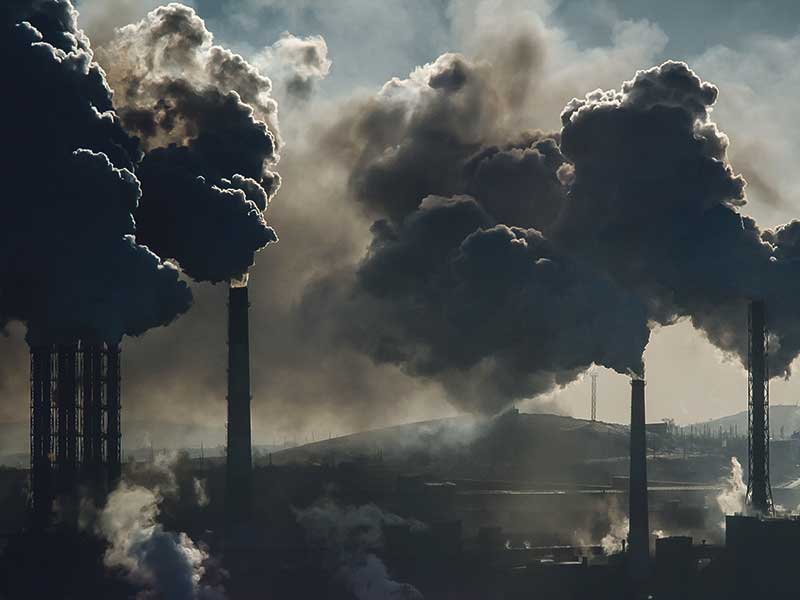
This article appears in the Mid-November 2022 issue of Investment Executive. Subscribe to the print edition, read the digital edition or read the articles online.
Voluntary efforts to develop market-based solutions to climate change may be admirable, but securities regulators want to add backbone to the fledgling sustainable finance sector.
As leaders gathered in Egypt for the latest United Nations climate change conference (COP27) in November, the International Organization of Securities Commissions (IOSCO) launched a consultation on regulatory action to bolster the efficacy and utility of carbon markets.
IOSCO released a pair of discussion papers that flag issues with two types of markets: “compliance markets,” which are used to trade greenhouse-gas (GHG) emission allowances (a.k.a. cap-and-trade markets), and “voluntary carbon offset markets,” which deal in exchangeable credits that represent efforts to offset emissions by either avoiding future emissions or capturing them from the atmosphere.
Both markets are largely unregulated and ripe for abuse, which not only exposes investors and other market players to possible harm, but also risks undermining market mechanisms to combat global warming.
As far back as 2013, Interpol warned that carbon markets were vulnerable to exploitation by criminal organizations for use in offences such as fraud, insider trading and money laundering.
These concerns haven’t gone away.
“Financial market regulators and IOSCO are eager to see well functioning carbon markets, which means liquid markets that investors can trust and where there are strong disclosure practices. That has not yet been consistently achieved,” said Rodrigo Buenaventura, vice chairman of IOSCO’s sustainability taskforce and chairman of Spain’s securities regulator, in a release.
The consultation on cap-and-trade markets aims to ensure that different jurisdictions design their emissions markets to meet the same standards. To that end, IOSCO has proposed recommendations to address issues of integrity and orderly market operations.
As for voluntary carbon markets, regulators want to spark debate about how these markets should be structured and how regulators can ensure they operate as expected in a mainstream financial system.
According to IOSCO, activity in voluntary carbon markets topped US$1 billion in 2021, and trading volumes have increased by a factor of five since 2017.
In theory, carbon offsets can bridge the gap between companies’ current emissions and their net-zero targets, allowing them to progress toward those goals before reducing emissions through process changes or technology improvements. As the deadlines for net-zero promises get closer, the demand for offsets is likely to grow.
Bloomberg NEF has estimated that the value of the voluntary carbon market could rise to US$190 billion by 2030 and to US$546 billion by 2050, according to a report by Citigroup Global Markets Inc. (Both firms are based in New York.)
“While the voluntary carbon market is still inchoate, it has the potential to both accelerate the energy transition and to become an important asset class on its own,” Citi stated.
The report echoed IOSCO’s concerns about the lack of standards and oversight for these markets: “A lack of governance creates inherent unquantifiable risks that may stunt the enthusiasm of voluntary participation in the market, inhibiting funds flowing towards good carbon reduction or removal projects.”
There remain numerous other concerns with existing carbon markets. For example, there’s a lack of standards for the products being traded, such as emissions allowances and offset credits, and trades typically occur over the counter with no transparency. There is no centralized recordkeeping, few rules to address conflicts of interest and no real enforcement.
“Many of the concerns raised about voluntary carbon markets relate to market integrity,” IOSCO’s consultation paper stated.
The process of creating offsets has sparked concerns about their environmental integrity — such as whether the project that creates credits eliminates as much carbon as promised, and whether those promises are durable. For example, critics question whether planting trees functions as an offset when those trees take decades to grow and are at risk of wildfires, disease and deforestation.
IOSCO also noted that the issuance of new carbon credits has begun to “dramatically outstrip” the number of credits retired each year — possibly due to credit-hoarding in anticipation of the global carbon price rising to meet the demands of the Paris Agreement. However, a large oversupply of credits risks tanking the global carbon price, as happened in the early days of Europe’s cap-and-trade system.
There also are concerns about the risk of abusive trading and the proliferation of false promises involving carbon offsets.
“There are already examples in some jurisdictions of the establishment of Ponzi schemes using misleading advertising campaigns or investment advice,” IOSCO stated in its paper.
One way to address these concerns, IOSCO suggested, is moving carbon-offset trading over to centralized exchanges that are subject to standards similar to those of traditional securities exchanges so carbon markets’ suitability standards can be enforced and disclosure requirements imposed.
While these standards are being debated and developed, however, investment in the low-carbon transition is being stunted, Citi warned: “To ensure confidence in the voluntary market, participants need to be comfortable that they are not at risk of inadvertently breaching any applicable rules or laws and that profiteering is controlled so that the price paid travels along the value chain fairly.”
IOSCO’s consultation runs until Feb. 10, 2023.